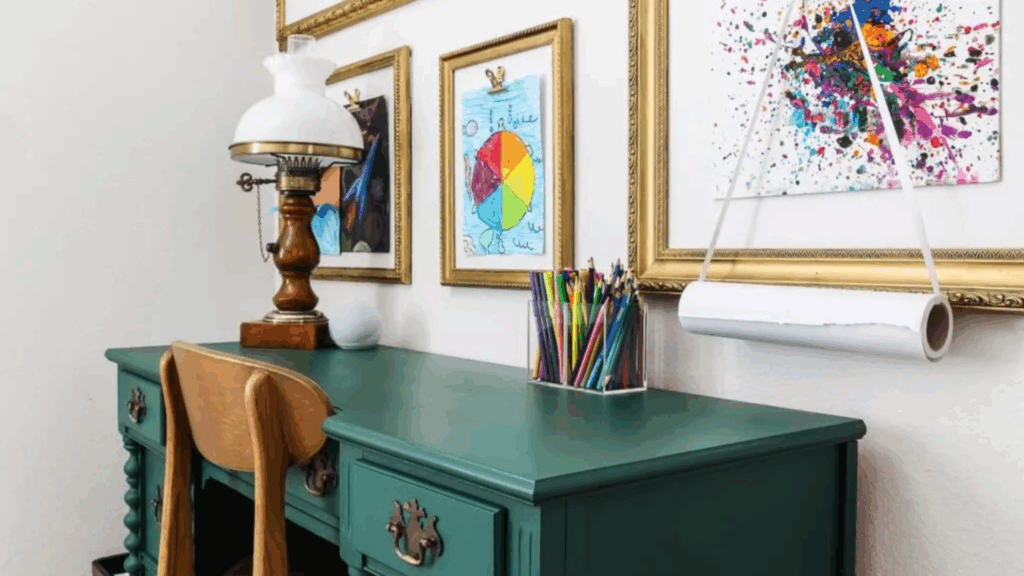When I repaint a piece of furniture, I want a finish that holds up to everyday life, looks beautiful, and feels safe for my home.
Over time, I’ve found many paint types and learned how much the right choice can transform a piece.
In this guide, I’ll break down the best paints for furniture, like chalk, milk, latex, acrylic, alkyd/enamel, and all‑in‑one options. I’ll highlight how each performs, what kind of prep they need, and how they stand up to wear.
My goal is to give you a clear, practical comparison so you can pick the one that fits your style and space. I’ve included expert advice and my own take to help you feel confident starting your next project.
Let’s find the paint that brings your vision to life.
What Makes Furniture Paint Different from Wall Paint?
Furniture paint is specially made to handle frequent use, cleaning, and wear, unlike wall paint.
It sticks well to surfaces like wood, metal, and laminate, and resists chipping, peeling, and scratching.
It often includes stronger binders for added durability and may have self-leveling properties for a smoother finish, which is ideal for drawers, cabinets, and detailed pieces.
Furniture paint also offers a range of finishes, from matte to high-gloss, giving you more style options.
Many formulas are low-VOC or nontoxic, making them a safer choice for indoor use on items like tables, dressers, and children’s furniture.
Furniture Paint Types You Should Know
Choosing the right furniture paint involves understanding the finish, durability, and preparation each type requires to achieve lasting, beautiful results.
1. Chalk Paint
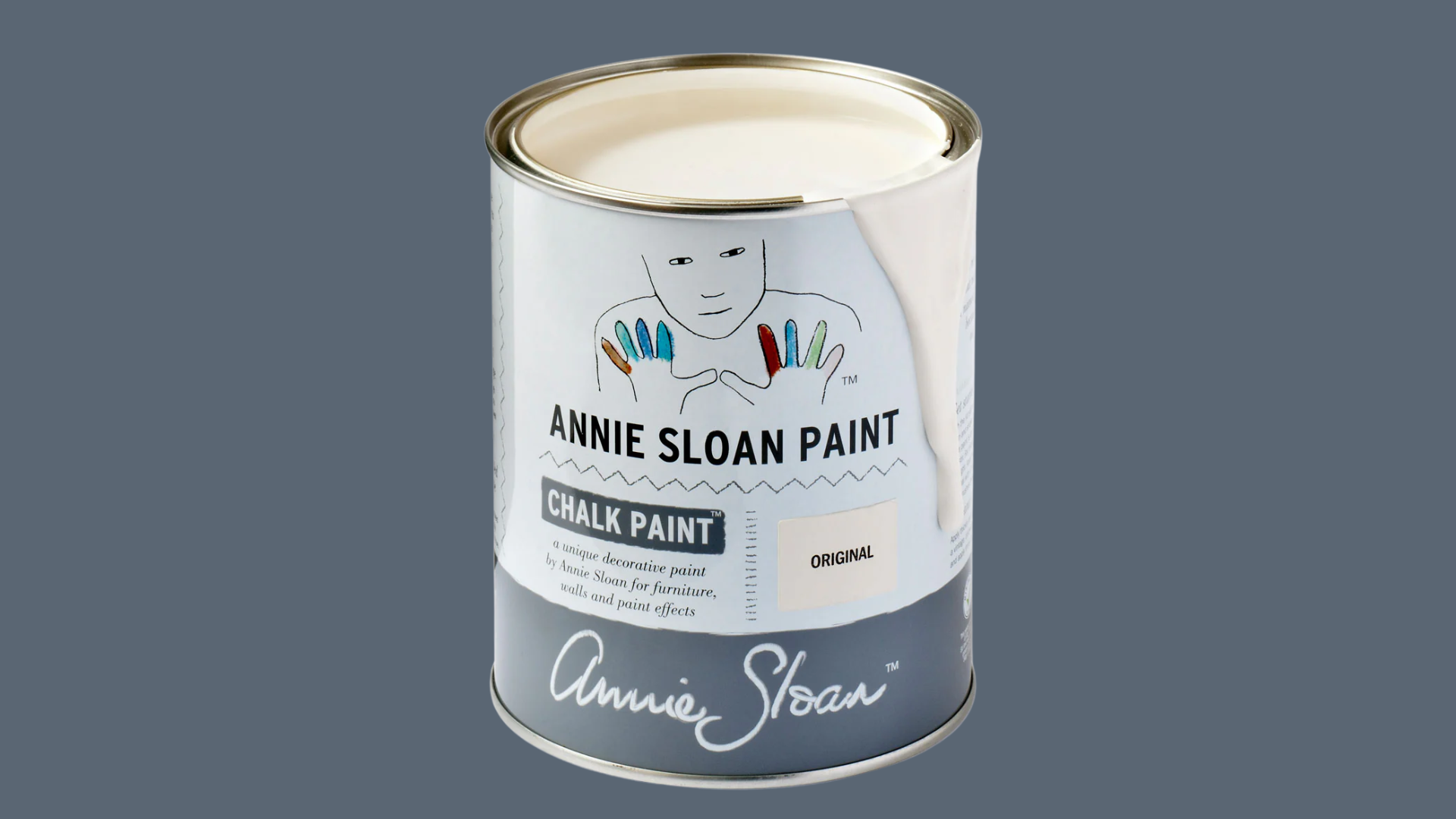
Chalk paint delivers a velvety matte finish with a classic look. It adheres well to most surfaces with minimal prep, making it ideal for beginners or quick makeovers.
Perfect for distressing or layering, it creates a rustic, aged look. However, it’s prone to wear and chipping without a protective topcoat or wax, so sealing is essential to extend its life and protect your work.
Pros and Cons
Chalk paint creates a velvety, matte finish ideal for classic and rustic furniture styles.
| Pros | Cons |
|---|---|
| Minimal prep required | Needs sealing to prevent wear |
| Easy to distress for an aged look | Limited to matte finishes |
| Adheres well to most surfaces | Brush strokes may be visible |
| Low odor and water-based | Less durable without a topcoat |
Common brands:
- Annie Sloan Chalk Paint (original and most iconic)
- Rust-Oleum Chalked
- Behr Chalk Decorative Paint
2. Milk Paint
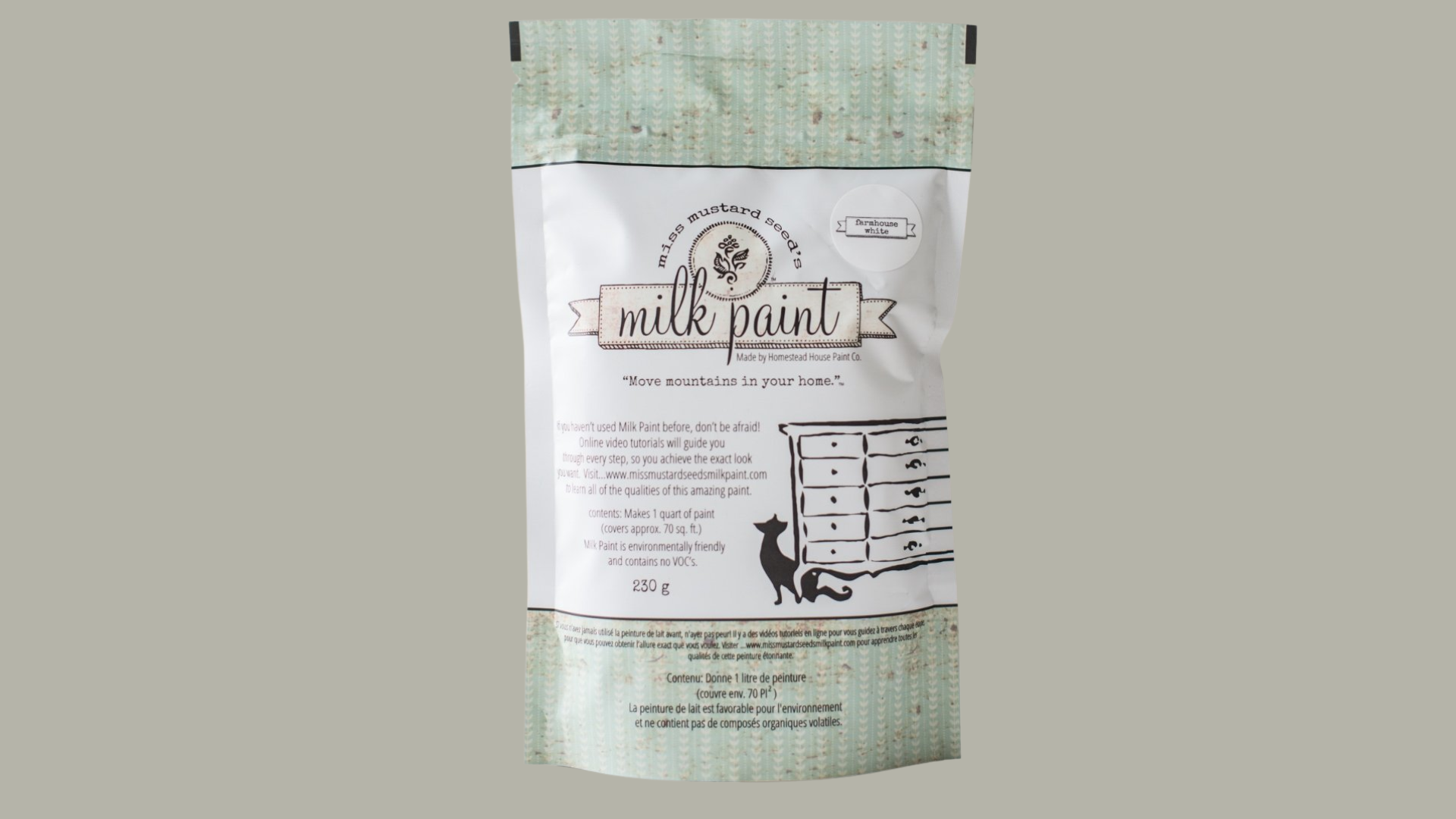
Milk paint offers a natural, eco‑friendly option that creates a soft, timeworn appearance. Sold in powdered form, it requires mixing before use but results in a beautifully textured finish.
It bonds well to raw wood and becomes durable once sealed. Without sealing, it may flake or chip, giving a naturally distressed look.
It’s great for vintage-style projects with an authentic historical appeal and is safe for indoor use.
Pros and Cons
Milk paint offers a nontoxic, biodegradable solution with a beautifully aged character.
| Pros | Cons |
|---|---|
| Eco-friendly and nontoxic | Requires mixing from powder |
| Historic, authentic finish | May flake if not sealed |
| Bonds well to raw wood | Not ideal for glossy surfaces without primer |
| Unique, layered color effects | Higher cost for large areas |
Common brands:
- Miss Mustard Seed’s Milk Paint
- General Finishes Milk Paint (technically an acrylic-based milk paint look-alike)
- The Real Milk Paint Co.
3. Latex Paint
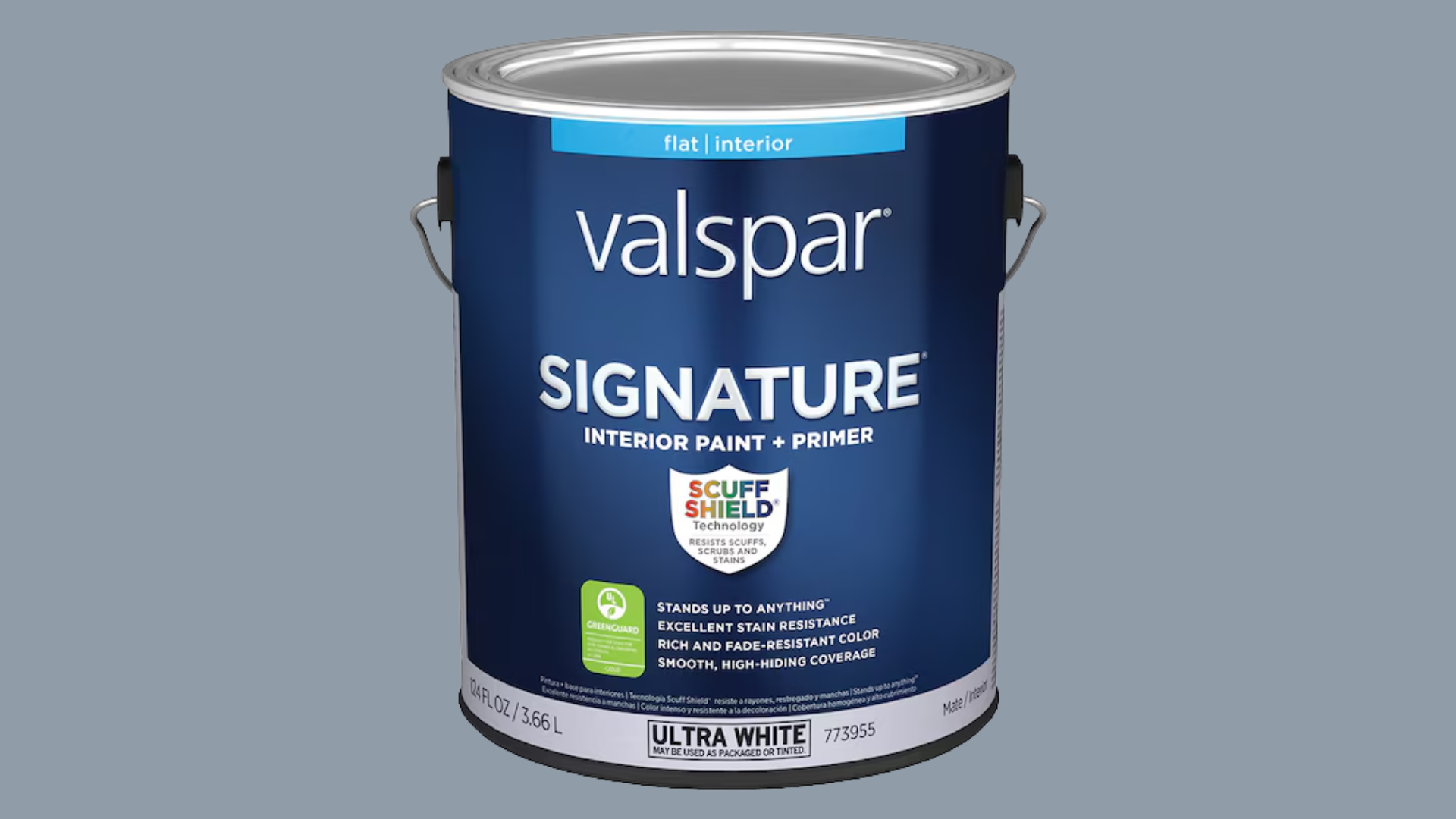
Latex paint is affordable, easy to find, and versatile in finish. It comes in a variety of sheens- flat, satin, semi-gloss, and gloss, suiting everything from casual pieces to high-traffic furniture.
While it cleans up with water and has low odor, it does require surface prep and a topcoat to prevent chipping. Latex is ideal for indoor furniture where color choice and ease of application are top priorities.
Pros and Cons
Latex paint is a go-to for its easy availability, variety of finishes, and low-VOC options.
| Pros | Cons |
|---|---|
| Affordable and accessible | Needs primer for best adhesion |
| Easy clean-up with water | Can chip if not sealed |
| Low-VOC and less odor | Longer curing time |
| Many color and sheen choices | Finish may not self-level as smoothly |
Common brands:
4. Acrylic Paint
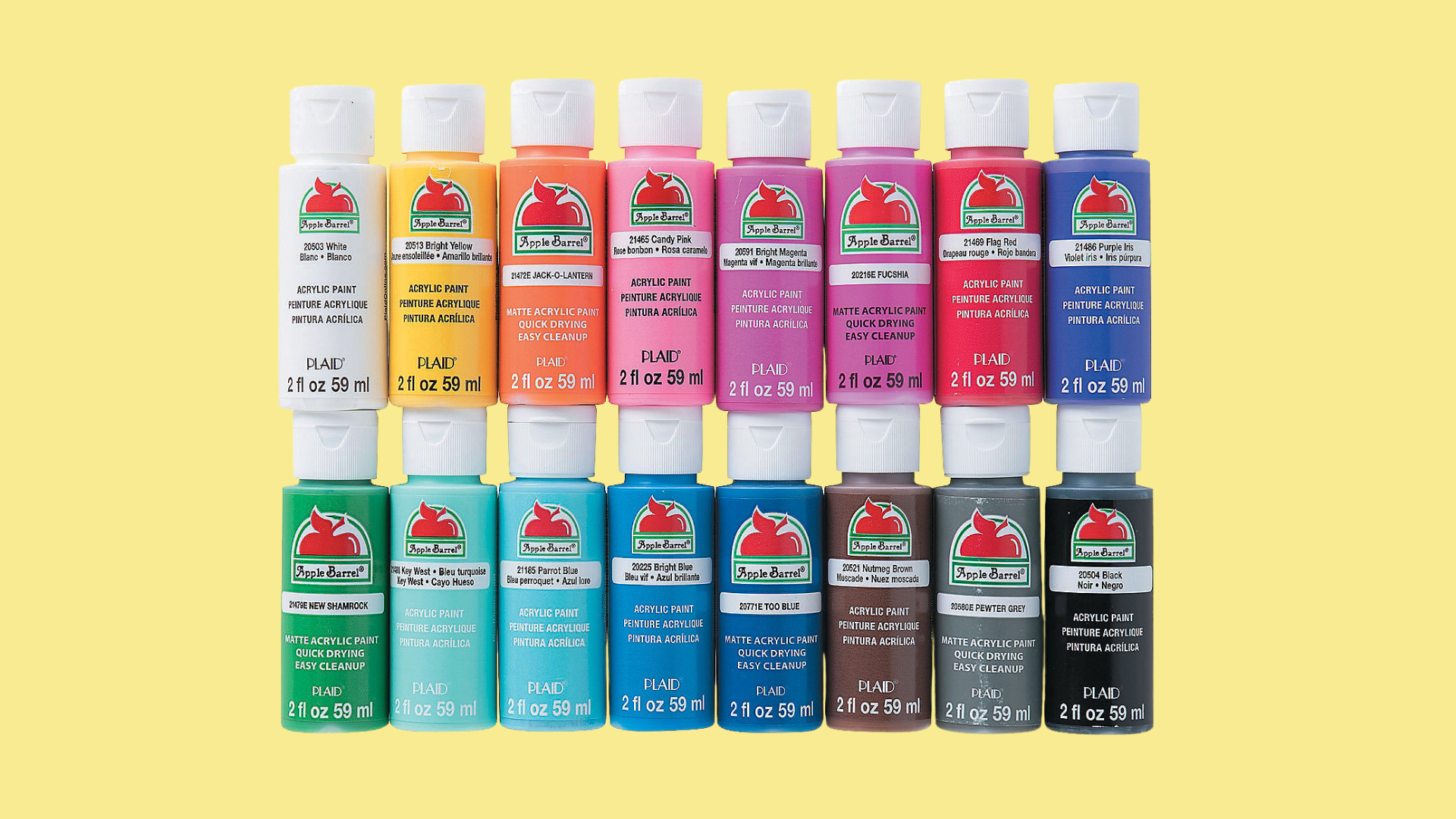
Acrylic paint provides vivid color, fast drying time, and excellent adhesion when properly prepped and sealed. Though often used in arts and crafts, it’s also suitable for furniture when a sealer is applied.
It’s best on smaller pieces or decorative items where a smooth, vibrant finish is the goal. Without sealing, it can crack or wear unevenly, especially on porous surfaces or heavy-use items like chairs or tables.
Pros and Cons
Acrylic paint offers vibrant color and flexibility, perfect for decorative or statement furniture.
| Pros | Cons |
|---|---|
| Bright, vivid color options | Not furniture-specific formulation |
| Dries quickly | Needs sealing for durability |
| Flexible, won’t crack easily | May not adhere well to untreated surfaces |
| Easy to use on small pieces | Less durable for high-use furniture |
Common brands:
5. Alkyd/Enamel Paint
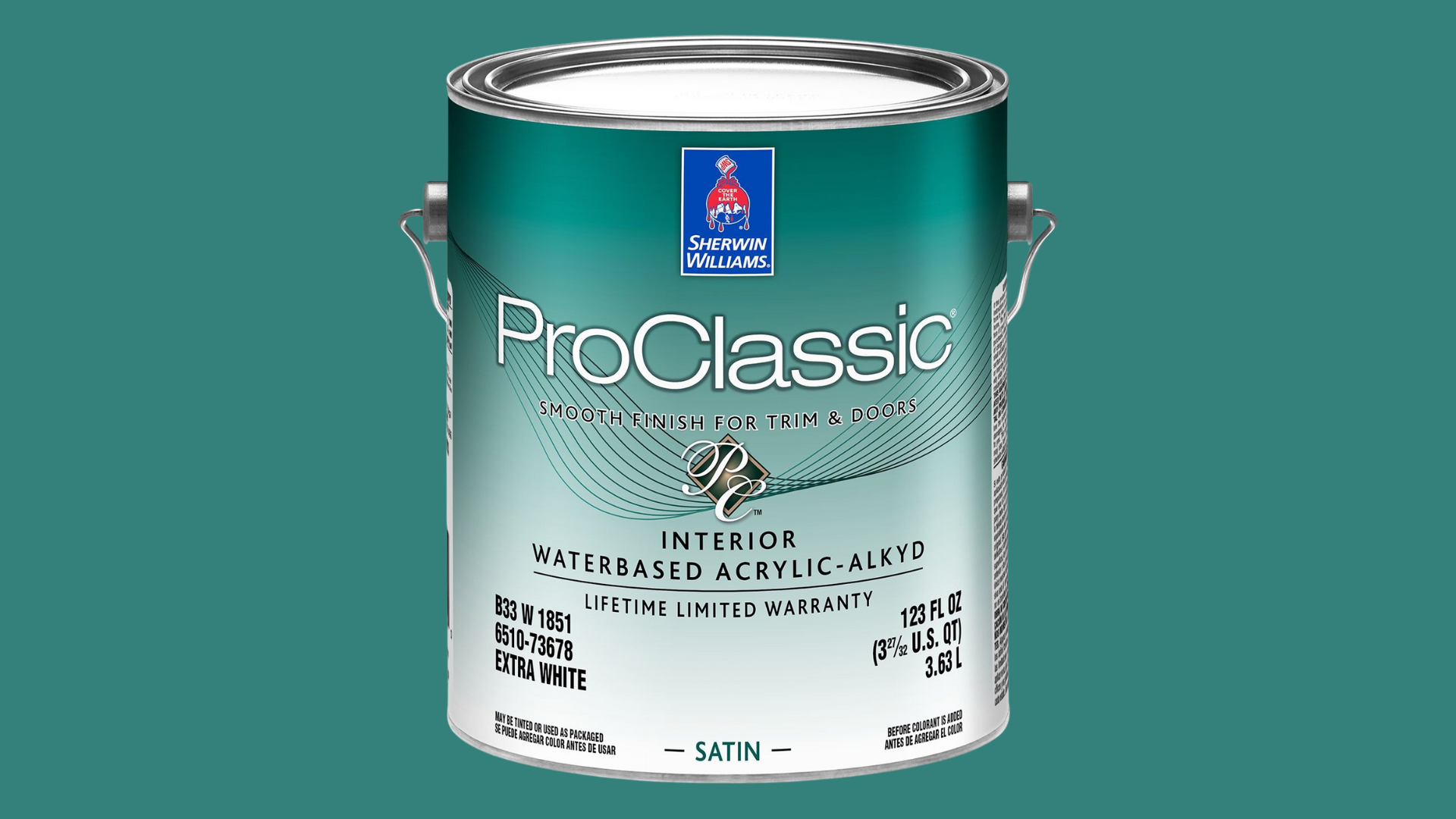
Alkyd or enamel paints deliver a tough, glossy, and professional-looking finish. They’re oil-modified for enhanced durability and resist scuffs, stains, and moisture well.
Ideal for high-traffic or kitchen furniture, this paint often doesn’t need a separate topcoat. However, it has strong fumes and takes longer to cure.
Use it when durability and a polished look matter most, such as cabinets, tables, or trim work.
Pros and Cons
Alkyd or enamel paints give a professional, glossy finish built to handle heavy wear.
| Pros | Cons |
|---|---|
| Extremely durable finish | Strong fumes and odor |
| Smooth, professional appearance | Longer drying and curing times |
| Ideal for cabinets and trim | Often higher VOC content |
| No topcoat is usually required | Requires mineral spirits for cleanup |
Common brands:
- Benjamin Moore Advance (waterborne alkyd)
- Sherwin-Williams ProClassic Alkyd Enamel
- Rust-Oleum Protective Enamel
6. All‑in‑One Paint
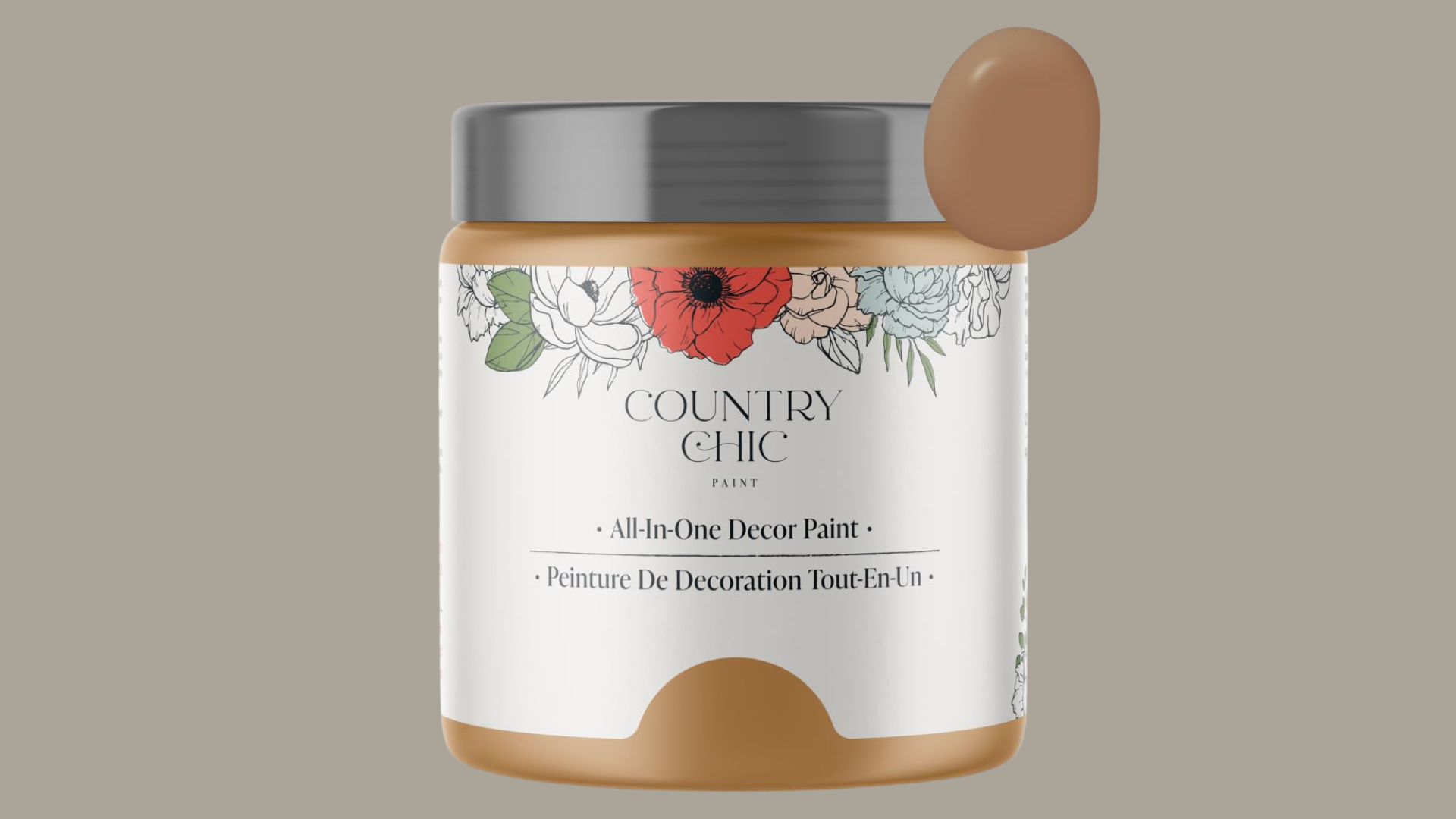
All‑in‑one furniture paints combine primer, color, and sealant in a single formula. They’re designed for convenience, saving time and effort with minimal prep.
Suitable for a variety of surfaces like wood, laminate, and metal, they offer decent durability and a consistent finish.
While limited in sheen variety, they are excellent for quick DIY projects or anyone wanting a streamlined process without buying multiple products.
Pros and Cons
All-in-one paints combine primer, color, and sealant in one formula for quick furniture transformations.
| Pros | Cons |
|---|---|
| Time-saving and efficient | Limited sheen and color variety |
| Requires minimal prep | May not match the custom results of separate products |
| Works on many surfaces | Slightly higher price point |
| Built-in protection | Not always as durable as multi-step methods |
Common brands:
Comparison Table of Furniture Paint Types
This table gives a side-by-side look at how each furniture paint type performs in key areas like durability, prep work, finish, and ease of use.
| Paint Type | Prep Required | Finish Type | Durability | Ease of Use | Best For | Requires Sealing |
|---|---|---|---|---|---|---|
| Chalk Paint | Minimal | Ultra-matte | Moderate (with seal) | Very easy | Vintage/distressed furniture | Yes |
| Milk Paint | Light to Moderate | Matte, textured | Good (when sealed) | Moderate (powder) | Eco-conscious, rustic finishes | Yes |
| Latex Paint | Moderate (needs primer) | Satin to Gloss | Good (with topcoat) | Easy | Budget-friendly indoor furniture | Yes |
| Acrylic Paint | Light to Moderate | Bright, flexible | Moderate | Easy | Creative, colorful pieces | Yes |
| Alkyd/Enamel Paint | Moderate | Glossy, smooth | Excellent | Moderate (slow dry) | High-use furniture/cabinets | No |
| All-in-One Paint | Minimal | Satin or matte | Good | Very easy | Quick DIY, multi-surface projects | No |
Best Furniture Paint for Specific Goals
Each furniture paint type serves a unique purpose, making it easier to choose the right one based on your project’s style, durability needs, and prep time.
- Chalk Paint: Best for achieving a distressed, vintage, or shabby-chic finish with minimal prep.
- Milk Paint: Best for eco-friendly, natural-looking projects with a historic or rustic feel.
- Latex Paint: Best for budget-friendly makeovers with a wide range of color and finish options.
- Acrylic Paint: Best for bold, artistic designs or colorful accent furniture.
- Alkyd/Enamel Paint: Best for high-use furniture like cabinets and tables requiring maximum durability.
- All-in-One Paint: Best for fast, no-fuss DIY furniture projects with built-in primer and sealer.
Expert and Real User Reviews on Furniture Paint
Hearing from experts and everyday users helps highlight how each paint performs in real-world conditions, from ease of application to long-term durability.
- Chalk Paint: Experts love its forgiving nature and classic appeal; users praise the ease but note the need for sealing.
- Milk Paint: DIYers appreciate its eco-friendliness and natural look; some users find mixing tricky but love the authentic finish.
- Latex Paint: Professionals recommend it for versatility and affordability; users say it’s great for quick projects but chips without a topcoat.
- Acrylic Paint: Crafters enjoy the vibrant colors and quick drying; users say it’s best for accents, not heavy-use furniture.
- Alkyd/Enamel Paint: Experts trust it for durability on cabinets; users say the finish is smooth, but drying time is long.
- All-in-One Paint: Praised by experts for convenience; users like skipping primer but mention limited color choices.
Conclusion
The perfect furniture paint comes down to your goals, how much wear the piece will face, the look you want, and how much prep work you’re comfortable doing.
I tend to reach for latex satin or alkyd enamel when I need a strong, long-lasting finish. But when I’m after a softer, aged look, milk or chalk paint always delivers.
No matter what you go with, success comes from taking your time: prep well, apply evenly, and seal for a finish that lasts.
If you’re still unsure which paint fits your furniture makeover, I’d be glad to help. Just drop me a message, and I can recommend the best brands, finishes, or even walk you through the process step by step.
Frequently Asked Questions
Can I paint over stained or varnished furniture?
Yes, but it’s important to sand the surface lightly and use a bonding primer before applying paint to ensure proper adhesion and prevent peeling.
How long should I wait between coats of furniture paint?
Most paints recommend waiting 2–4 hours between coats, but drying time can vary by paint type, humidity, and temperature. Always check the product label.
Do I always need to sand furniture before painting?
Not always. Some paints, like chalk or all-in-one formulas, require minimal prep, but sanding improves adhesion, especially on glossy or sealed surfaces.
Can I paint laminate furniture?
Yes, but you’ll need to scuff the surface with sandpaper and use a high-adhesion primer before painting with latex, enamel, or all-in-one paints.
Is it better to spray or brush furniture paint?
Spraying gives a smoother, professional-looking finish with no brush marks, while brushing offers more control and is ideal for small or detailed projects.

